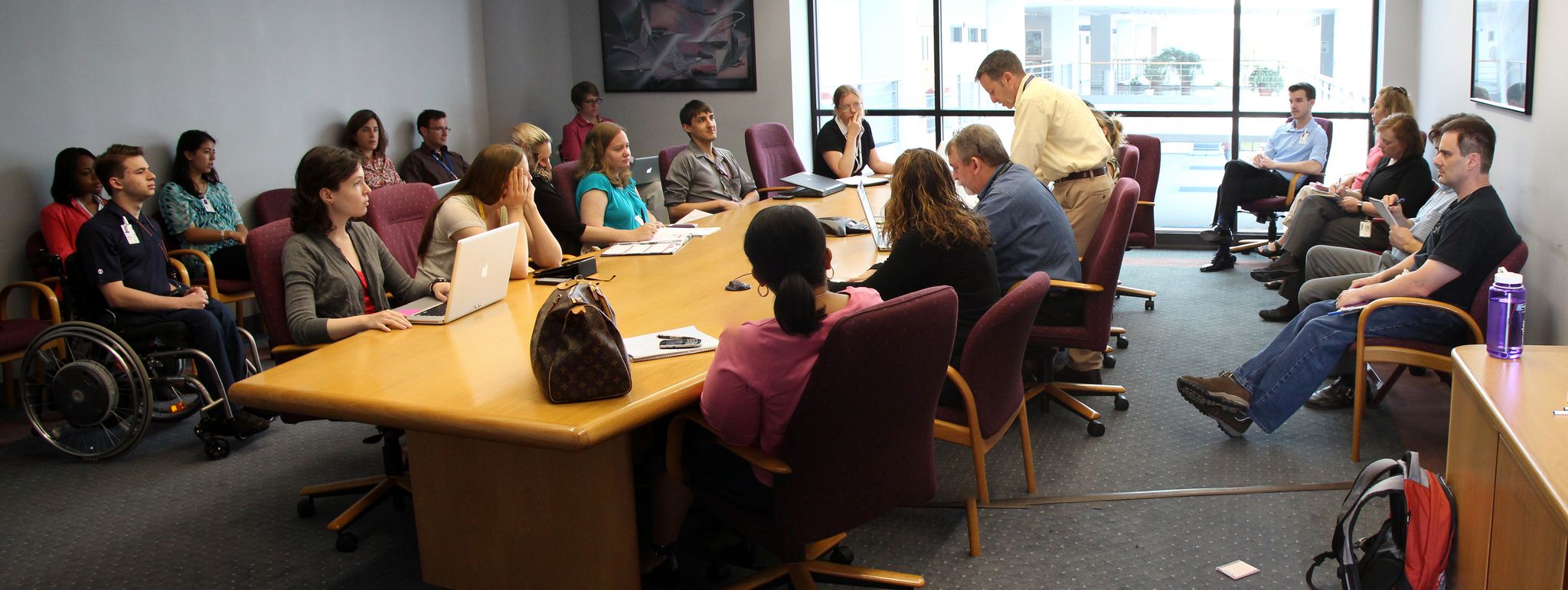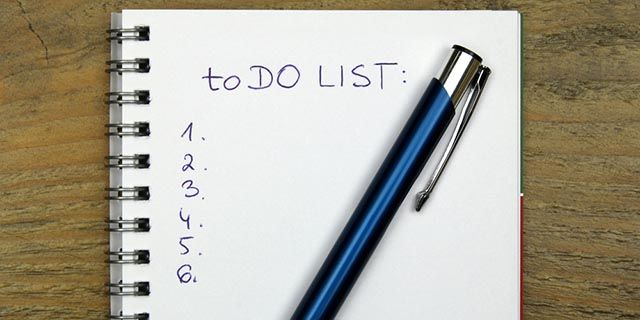The vast majority of us know how much of a drain meetings can be on both our time and productivity. But if a meeting is well organised (and well run), there's no reason it can't enhance the productivity, sense of purpose, and morale, for every single attendee.
There's plenty of content out there about why we hate meetings. Facebook rants written in a moment of complete frustration due to missed opportunities thanks entirely to a badly organised, seemingly pointless meeting that dragged far beyond its allocated time.
Here are some rules to follow for better meetings and to make sure you're not wasting everyone's time. Trust me.
Have A Purpose And Make Sure People Know About It
If you're simply calling everyone together to give an update or to have a moan, that's a lecture. A lecture is not a meeting. If you need to update everyone, send an email, or post to everyone on a team tool like Slack which makes group communication easier. This will be a far better use of everyone's time.
If you're in a position where a meeting is indeed needed (i.e. when you need to put something to the group, talk things through, bounce ideas around etc), ensure it has a clear purpose. Why, exactly, are you getting everyone together?
Bad purpose: "To get everyone up to speed on what's going on".
Better purpose: "To gather ideas, set a schedule, and assign next actions to each team member so we can run a successful launch of product X360 by the end of March".
And please, make sure all attendees know the purpose of the meeting before it happens. If people know what the end results of a meeting will be, they will be far more likely to turn up prepared, and hopefully will have thought through some of the topics up for discussion rather than thinking on the fly.
Create A Clear, Structured Agenda
Your purpose is your destination. Your agenda is your road map for how you're going to get there. Without this road map, meetings often spiral out of control, go off topic and nowhere near as many decisions will be made as you were hoping for. If you notice your meetings going off topic, call a halt to that wayward discussion, and bring it back on track as soon as possible.
Structure your meeting agendas carefully using a product such as Meeting Expectations (iPad) or online tools like MyCommittee and Minutes.io. Set a strict deadline for each item on the agenda, while giving individual people a heads up as to what's expected of them. If you want someone to contribute to a certain discussion in the meeting, let them know! For example:
Agenda
1. Statement of purpose for the meeting and prep- (5 mins)
2. Post-mortem on last weeks launch-- what were our KPIs (Kim to report on this). What went well? what didn't? (15 mins)
3. Ideas on how we can create awareness for the next launch (everyone -- please think of some ideas before the meeting) - (15 mins)
4. Decide on 3 of these ideas to flesh out more before the next meeting - (10 mins)
5. Assigning next actions to each team member - (5 mins)
Make Sure Everyone Has What They Need
I dread to think how much time is wasted each year around the globe due to people turning up to meetings unprepared (including not knowing how to take proper meeting notes). Share your agenda with all attendees at least a couple of days in advance of the meeting so they can gather everything that's required of them.
If you need a certain team member to bring something along, make sure they understand how important it is, and that it's printed (if needed) in advance, to ensure they don't get stuck in a queue for the printer. The last thing you need is attendees excusing themselves- "Oh, sorry, I haven't had a chance to get it prepared- I'll have it ready for next week". This doesn't help anyone.
If you're holding a meeting with people who're working remotely, first, check out our detailed "Online Meeting Guide" plus, make sure everyone knows how to use whichever conferencing tool you decide to use. Before the meeting, prompt people to check their mic, webcam, and to ensure they have any plugins installed that might be needed for things like Google+ Hangouts.
Only Invite People Who Are Needed
Don't invite the whole team just to make yourself feel like the big boss. Only invite the people you need. That is, the people who are in a position to help you achieve the purpose of the meeting. Everyone else can be updated later on by reading the meeting's minutes, or by having a chat with their colleagues at a more convenient time.
Keep Detailed Minutes
Use a product such as Agreedo (free) to keep detailed minutes which you can reliably go back to and actually understand. This tool enables you to take detailed minutes using keyboard shortcuts, track the results of meetings (such as tasks accomplished), and share these minutes quickly and easily with your team. If you're using an iPad, you could also try MinuteTaker ($7.99) for professional meeting reports.
Make sure that when people read these minutes, they know the main points/summaries of what was discussed, and what was decided, as well as quickly being able to refer back to this document to know what they, themselves, need to do next.
Exclusion Isn't Always Better Than Inclusion
I know I (just) mentioned that only those people who're really needed should attend a meeting, but every so often, you should also include everyone for a more informal jam session, where you can all bounce ideas around, talk about what might improve the organisation.
Use this as an opportunity to build a stronger team. Do this over a meal or a beer. Have some tasty food brought into the office, and get everyone to take an hour or two out of their day to get to know their colleagues better, while all working together to make some improvements to the company as a whole. Again, have a purpose, and an agenda, but try to make this kind of get together more informal, less structured, but still with an overall theme, such as "Making the organisation more efficient", or "Ideas on how we can diversify".
Assign Clear 'Next Action Items"
Before you end the meeting, make sure everyone in the room knows the exact action they need to take next, and its timeline. This is a trick that's really pushed by David Allen in his fantastic book 'Getting Things Done'. Whatever project anyone is working on, make sure there's a clear next action that needs to be taken to keep this project moving forwards.
To reiterate, this needs to be a specific action (or set of actions), with a strict deadline, not just a broad idea that needs to be done 'ASAP'. For example
Bad next action: "Summarise last month's launch'.
Better next action: "Put together a spreadsheet (with a few helpful charts) displaying our KPIs from the overall launch period. Share this with the launch team, along with sending out a brief email explaining how you think the launch went. Please have this done by Thursday".
Ask For Feedback
Many people are wary of criticizing their 'superiors' or colleagues, so after each meeting, ask people to leave anonymous feedback via an online form (there's a list of a free online survey tools here). Find out what people thought of the meeting -- was it too long? Did it feel useful to them? Were their views listened to? How could the meeting be improved next time?
Whatever feedback you receive, make sure you don't ignore it. Evolve your meetings to make sure they're working well for everyone involved.
Overall, by following these simple rules to make sure your meetings are well prepared, and well run, you'll be able to shorten the length, and increase the efficiency of your meetings, while keeping everyone's frustration to a minimum!
What about you? If your meetings were run more like this, do you think they would be more effective?
Image Credit: Woodleywonderworks, team meeting, via Flickr







